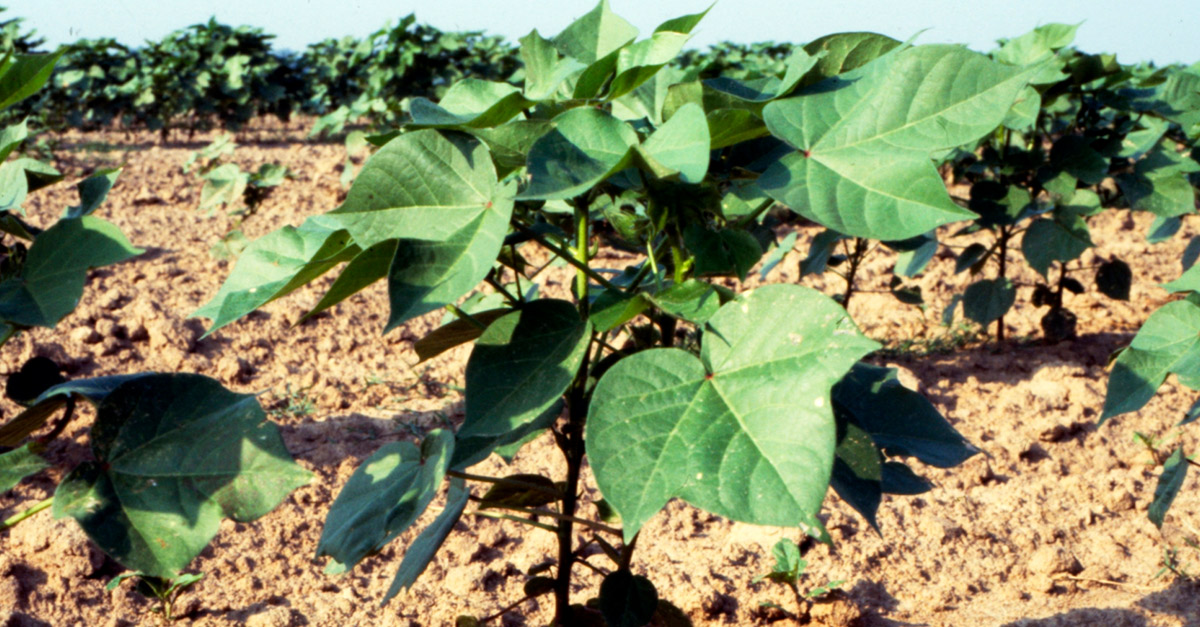Greek Cotton: A Competitive Advantage Is There for the Taking
The 2014 crop size in Greece has exceeded all expectations. Six months ago, industry predictions were for a crop 20% lower than last year due to the equivalent reduction in the planted area. But favorable weather conditions during the growing season and the harvest increased the crop size to 280,000 tonnes of lint, much higher than initial expectations of 230,000 tonnes.
Hopefully, the next crop will be an equivalent size or even better (weather permitting) as the planted area will increase by 20% to 270,000 hectares.
The crop size will always fluctuate, but the industry has changed rapidly in the past 3-4 years due to a combination of roller coaster prices in commodities, a negative currency rate (Euro to dollar) and a harsh financial environment for businesses.
About 15-20 years ago, there were more than 60 companies involved in ginning but only half of them are in operation today. If the financial headlock continues and the strong exchange rate prevails, we expect this concentration to continue – but not as rapidly as in the past.
Greece is obliged to abide by the EU Common Agricultural Policy, which is more in favor of dairy products in Northern Europe and it does not focus on crops such as cotton – a product Greece and Spain use to produce a considerable income for the EU. In 2012, Greek cotton exports and their byproducts totaled $760 million, and most of the trade was done outside the EU. Hopefully, at the next International Cotton Advisory Committee meeting in Thessaloniki, Greece will emphasize this issue as being of major importance.
An Opportunity to be Seized
It is necessary for farmers and ginners to change their attitude toward cotton and its marketing before it is too late. Farmers complain about their costs but they do not attempt to cooperate with other farmers to create economies of scale. Most plots of land average only 4-5 hectares.
Ginners, also, have a unique product in machine-picked, contamination-free cotton, which has a high level of spinnability, and yet they have never attempted or supported any action to create a brand for it versus its competitors in Australia, the United States or Brazil to justify a constant demand and a better price.
Greek cotton has to seek markets outside its region in order to gain a constant share in world consumption. HVI quality should be uniform in the country, and government or a private certification program is a necessity! Also, adopting a forward view for sales and not focusing on a prompt (or just-in-time) sale will help both farmers and ginners. Once that is established by a solid performance, added value will be achieved.
Looking to the future, the present obstacles and experiences create a need for the industry to grow in the proper way, with a solid foundation. There will be a concentration of ginning companies and in farming eventually which will subsequently strengthen the reputation of Greek cotton in the coming years.
This industry has an added value to its production and a new generation has realized it is worthy of its support.









